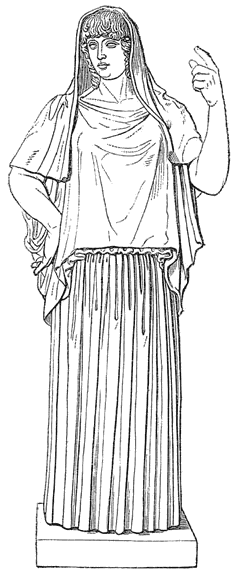Kikolezo (Condiment)
Kitoweo (Dressing)
Kiungo (Spice)
Sosi (Sauce)
Mchuzi (Gravy)
Kachumbari (Salad)
Saladi (Green salad)
| Achari | Relish / Pickles |
| Aioli | Aïoli |
| Asali | Honey |
| Chatne ya maembe | Mango chutney |
| Chumvi | Salt |
| Chumvi ya bahari | Sea salt |
| Dipu ya vitunguu | Onion dip |
| Guakamole (Rojo ya parachichi) | Guacamole |
| Haradali ya asali | Honey mustard |
| Haradali ya Dijoni | Dijon mustard |
| Haradali ya Kiingereza | English mustard |
| Haradali ya Kijerumani | German mustard |
| Haradali ya manjano | Yellow mustard |
| Haradali ya nafaka zisizokobolewa | Wholegrain mustard |
| Haradali ya unga | Powdered mustard |
| Harisa | Harissa |
| Hummus | Hummus |
| Jemu | Jam |
| Jibini ya nacho | Nacho cheese |
| Kachumbari | Salad / Pico de gallo |
| Kachumbari ya kabichi | Coleslaw |
| Kechapu | Ketchup |
| Kitoweo cha ranchi | Ranch dressing |
| Kitoweo cha visiwa elfu | Thousand Island dressing |
| Kiziduo cha lavani / vanila | Vanilla extract |
| Mafuta ya zeituni | Olive oil |
| Majarini | Margarine |
| Malai machungu | Sour cream |
| Mayonesi | Mayonnaise |
| Mchuzi | Gravy |
| Mchuzi wa bizari | Curry |
| Mchuzi wa nyama | Broth |
| Mraba | Marmelade |
| Rojo ya biringani | Baba ghannouj |
| Rojo ya jibini | Cheese spread |
| Rojo ya nyanya | Tomato paste |
| Salsa | Salsa |
| Sambali | Sambal |
| Saukrauti | Sauerkraut |
| Shira ya mshira | Maple syrup |
| Siagi | Butter |
| Siagi ya karanga | Peanut butter |
| Siki ya balsamiki | Balsamic vinegar |
| Siki ya kimea | Malt vinegar |
| Siki ya mvinyo | Wine vinegar |
| Siki ya sida ya matofaa | Apple cidar vinegar |
| Siki ya wali | Rice vinegar |
| Sosi kali | Hot sauce |
| Sosi tamu-chachu | Sweet-and-sour sauce |
| Sosi ya B.B.Q. | Barbecue sauce |
| Sosi ya Bearnia | Béarnaise sauce |
| Sosi ya hoisin | Hoisin sauce |
| Sosi ya karanga | Peanut sauce |
| Sosi ya Kiholanzi | Hollandaise sauce |
| Sosi ya Kiingereza | Worcestershire sauce |
| Sosi ya Kitatari | Tartar sauce |
| Sosi ya kokteli | Coctail sauce |
| Sosi ya maplamu | Plum sauce |
| Sosi ya samaki | Fish sauce |
| Sosi ya soya | Soy sauce |
| Tahini | Tahini |
| Vinagreti | Vinaigrette |
| Wasabi | Wasabi |


















